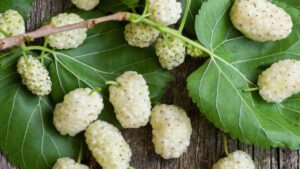As we age, DNA damage accumulates randomly throughout the genome. However, certain regions of chromosomes, like the chromosome ends (telomeres), are prone to predictable deterioration[1] and contribute to ageing and age-linked diseases[2].
Telomeres are often illustrated as the plastic tips on shoelaces (aglets) that protect the lace from fraying. They protect chromosomes from damage or degradation during cell division.
However, a small portion of the telomere is lost on each division cycle. As a result, our cells can divide only a limited number of times – typically around sixty – due to a phenomenon called the Hayflick limit.
When a cell reaches this limit, and the telomere becomes too short to protect the chromosome and maintain its structural integrity, it can no longer divide and enters a state of permanent growth arrest called senescence (a zombie cell state.)

You can slow telomere attrition through lifestyle interventions, such as quitting smoking and restoring vitamin D sufficiency[3].
Telomere attrition is recognized as a separate hallmark of ageing because it is a distinct type of genomic instability. Whereas genomic instability increases the likelihood of developing cancer, telomere attrition may slow down or inhibit cancer development.
However, senescence is one of the other twelve hallmarks of ageing (covered next).
While senescence is a protective mechanism that prevents damaged or abnormal cells from dividing and potentially developing into cancer, it also contributes to the ageing process and the development of age-related diseases.
The rate of telomeric attrition has been found to be a predictor of lifespan in many different species[4]. For example, mice with shortened telomeres tend to have shorter lifespans. In contrast, those with lengthened telomeres tend to have longer lifespans[5]. Studies on mice that were genetically modified to have abnormally long telomeres showed that they had an increased lifespan and improved metabolic health[6].
Age, genetic variations, lifestyle choices, and social factors influence the telomeric attrition rate.
Cellular Senescence
In ageing and disease, apoptosis, autophagy, and senescence are the three often discussed mechanisms that cells can use to regulate their lifespan and respond to stress and damage.
Apoptosis is a pro…
References









